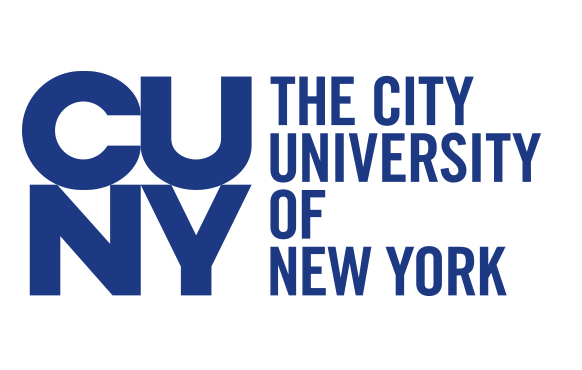Multiemployer health and welfare funds face a difficult challenge—how do you maximize benefits provided david to your members while operating under a collective bargaining arrangement where the contributions paid to the fund are generally predetermined? In other words, how do you get the biggest “bang for your buck”?
david to your members while operating under a collective bargaining arrangement where the contributions paid to the fund are generally predetermined? In other words, how do you get the biggest “bang for your buck”?
There are a few ways to maximize the dollars spent on benefits—including optimizing pricing terms from vendors and audits, and reducing administrative costs.
Creating a benefit program that operates efficiently traditionally depends on the size of the group. Many insurance carriers, third-party administrators (TPAs), and pharmacy benefit managers (PBMs) offer more favorable pricing to groups that are larger in size. TPAs may offer lower administrative services only (ASO) fees and PBMs may offer better administrative fees, discounts, and rebate guarantees. Larger groups may also be able to negotiate trend or maximum increase guarantees in their renewals.
An alternative way to achieve better pricing terms is to join a labor coalition. Labor coalitions are set up as a group of welfare funds that contract with a particular provider or providers in exchange for more attractive pricing. The coalition operates as a collective with a board that makes recommendations, but each individual fund is still responsible for its own claims experience. The benefit is that vendors (generally, PBMs and stop-loss providers) will offer better pricing or lower administrative costs because they have exclusive contracts with the larger coalition, so each individual fund receives pricing based on a population much larger than its own.
In addition to administrative expenses that are paid to insurance carriers and TPAs, funds should review operating expenses. Administrative expenses are necessary so that a fund can provide benefits to its members, but dollars that are devoted to administration are dollars that are not being used to provide benefits to members. Therefore, it is in the fund’s and the members’ best interests to keep administrative expenses as low as possible, by reducing duplicative operations or by consolidating certain efforts.
You can also ensure that the dollars spent on claims are consistent with the intent of the plan with a claims audit and / or a dependent eligibility audit. A claims audit is generally performed by an outside vendor, who reviews a sample or a certain subset of self-insured claims that the fund’s TPA pays on behalf of the fund. Claims audits typically need to be written into the TPA contract. Dependent eligibility audits are also generally conducted by an outside firm that sends mailings to all members with dependents. Members must provide proof of eligibility (e.g., birth certificates, marriage certificates) for each of their dependents so that their dependents continue to be eligible for the plan. A dependent eligibility audit can remove spouses who are divorced or children who aged off of the plan, ensuring that the dollars spent on members and dependents are only for those who actually should be on the plan.
Finally, it is good practice to do market checks or requests for proposals (RFPs) on a regular basis. A market check is a pricing comparison and analysis to compare competitive pricing for substantially similar-sized customers and for substantially similar PBM services. The market check is measured on the basis of a total, aggregate comparison of the pricing terms offered by a single vendor to a single plan, and not on the basis of individual pricing components or best price points available from multiple vendors. Aggregate PBM pricing comparison includes the sum of the cost of medications, including dispensing fees and claims administrative fees, less rebates received by the plan. This type of analysis creates leverage in negotiations with current PBMs, as well as informing trustees when it may be time to renegotiate and / or consider a more competitive PBM contract. On the other hand, an RFP process asks for quotes from other providers (in addition to your current provider) and allows you to determine whether another carrier or service provider can provide a better or more cost-effective product. For prescription drugs, it is a good idea to do a market check on a regular basis, although PBM contracts often establish market check parameters that limit the ability of plans to perform this important benchmarking. It is also a good idea to perform an RFP once the contract is set to expire, allowing yourself enough time (at least three – six months) to implement a new carrier as smoothly as possible if you decide to switch after analyzing the RFP results. For other vendors, it is a good idea to do an RFP on a regular basis.
David Stoddard is a consulting actuary in Milliman’s Little Falls, New Jersey office. David specializes in Taft Hartley multiemployer health and welfare plans. He can be reached at (646) 473-3213, or by email at: david.stoddard@milliman.com.



